- Supply chain risk is growing as global networks become more complex
- Tariffs, political issues, harsh weather, and cyber attacks can disrupt operations
- Problems like delays and quality issues can hurt revenue and trust
- A good risk plan maps the supply chain, spots weak spots, and makes backup plans
- Arbor’s platform helps companies see supplier risks, run different scenarios, and act fast to keep things running smoothly
Supply chain risk isn’t new, but it has become significantly harder to manage. With increased global interconnectedness, even seemingly small issues can trigger big problems with alarming speed. Supply chains today face rising complexity and more potential points of failure.
Delays, quality concerns, cost spikes, and compliance failures are no longer rare exceptions; they are regular threats that businesses must actively address.
For businesses, this signifies more than just inconvenience. It means lost revenue, reputational damage that erodes customer trust, and missed market opportunities as competitors gain an edge.
Without a clear supply chain risk management plan, your team is perpetually reacting to problems instead of proactively avoiding them. That approach leads to poor decisions and a slow recovery from disruptions.
What’s going on with global supply chains right now?
Global supply chains are facing pressure from every direction, creating a volatile environment that demands strategic foresight and agile responses.
Tariffs
The U.S. has stated protectionist tariffs, raising costs on steel, aluminum, and more. These policies aim to shield domestic manufacturing but often end up increasing material costs and complicating sourcing strategies.
Meanwhile, Europe’s Carbon Border Adjustment Mechanism (CBAM) puts a carbon price on imports, significantly affecting high-emission products like cement and textiles. The result has been a complicated reshuffling of international trade relationships that extends far beyond the industries directly targeted by the tariffs.
Geopolitical tension
Political instability, trade disputes, and sanctions have disrupted traditional trade routes and created uncertainty about future access to key markets. These can manifest in export controls, preferential procurement policies, or outright trade embargoes that further complicate global supply chain management.
Climate risks
Weather extremes are becoming more frequent and intense. Flooding, wildfires, and hurricanes have halted operations and destroyed infrastructure. These events also trigger insurance hikes and long-term risk for key regions. Climate change represents a growing threat to global supply chains through both physical and transition risks.
Cyber threats
Modern supply chains rely heavily on digital infrastructure. Ransomware attacks have taken down entire logistics systems. The 2021 Colonial Pipeline hack is a key example of how cyber threats ripple through physical supply chains. Cybersecurity risks have increased dramatically as supply chains become more digitally integrated, with the potential for cascading failures across interconnected systems.
Companies are realizing that backup suppliers and inventory stockpiles are not enough. They need risk visibility and mitigation strategies rooted in data.
What is supply chain risk?
Supply chain risk includes any threat that can disrupt the flow of goods, services, or data from suppliers to end customers. These disruptions can be physical, financial, legal, or reputational. More specifically, it is a threat that can disrupt the flow of goods, services, or data from suppliers to end customers. These disruptions can be physical, financial, legal, or reputational.
Supply chain risk management involves identifying these threats, evaluating their potential impact, and putting in place plans to minimize their effects. This includes diversifying suppliers, strengthening contracts, and investing in digital monitoring.
It is not just about avoiding catastrophe; it is about building flexibility, increasing resilience, and reducing the total cost of disruption. For companies facing growing regulatory and investor pressure, having a clear strategy can also improve transparency and trust.
Types of risks in supply chains
To effectively manage supply chain risk, it's important to understand the different categories of risks that can arise. These risks can be broadly classified as internal or external.
Internal risks
Internal risks are those you have more control over.
- Business Risks: Inefficient planning or poor inventory practices can lead to bottlenecks, missed deadlines, and excessive costs.
- Financial Risks: Cash flow constraints or inaccurate forecasts can limit your ability to respond to supplier issues or market changes. This is especially true if you are planning to take a DSCR loan since DSCR loan lenders give out loans as per the cash flow else of your credit history.
- Manufacturing Risks: Machinery failures, labor shortages, or production delays can quickly snowball into downstream shortages.
- Compliance Risks: Contract breaches, poor recordkeeping, or outdated certifications can create legal problems or disqualify suppliers.
- Procurement risk: Threat of supply chain disruption due to issues securing the necessary materials and products, including high reliance on a limited number of sources.
External risks
External risks are harder to predict and control.
- Reputation risks: A supplier caught violating human rights or labor standards can severely damage your brand. A supplier's misconduct or failure to meet standards can significantly damage a brand's reputation.
- Cyber risks: Hacking, data leaks, or IT downtime can stop procurement systems or interfere with supplier communication. With an increase in ransomware and IT disruptions, cybersecurity risks are an escalating concern.
- Geopolitical risks: Government instability, tariffs, sanctions, or export restrictions can change overnight. Tariffs, government instability, and trade wars can disrupt sourcing and increase costs.
- Environmental risks: Fires, droughts, storms, and heat waves threaten global operations, especially for agriculture or heavy industry. Climate change, natural disasters, and environmental regulations pose significant risks to supply chain continuity.
Risks by industry
Supply chain risks vary across industries due to the unique characteristics of each sector. Understanding the specific risks in your industry is crucial for effective risk management.
Consumer Packaged Goods (CPG)
The CPG sector faces unique challenges due to short product lifecycles, seasonal demand, and complex packaging requirements.
- Ingredient Shortages: Raw materials are often imported from vulnerable regions. If one country bans exports or faces a natural disaster, production can grind to a halt.
- Labor Strikes: Warehouse and factory worker strikes cause sudden capacity drops. Without advance notice, order fulfillment may lag for weeks.
- Plastic Bans: Increasing restrictions on single-use plastics are changing packaging needs. If alternatives are not tested and sourced early, brands risk losing shelf space or facing fines.
Construction
Construction relies on long lead times and a consistent material supply.
- Rising Material Costs: Steel, lumber, and concrete prices fluctuate wildly due to tariffs and global demand. Budget overruns are now common.
- Supply Delays from Tariffs: U.S. steel tariffs have forced some firms to find new suppliers at higher costs, delaying major projects.
- Carbon Regulations: As governments push for greener buildings, low-carbon concrete or recycled materials are becoming mandatory. Sourcing these materials requires lead time and better supplier data.
Apparel
Apparel brands source raw materials globally and often operate on tight timelines.
- Cotton Shortages from Drought: Cotton crops are vulnerable to climate. For example, India and Pakistan faced severe water shortages that cut output. Brands relying on these sources saw higher prices and production delays.
- Factory Disruptions: Extreme heat has caused factory shutdowns in Southeast Asia. In some areas, floods have blocked roads, preventing garment exports.
- CBAM Tariffs: The EU’s carbon border policy affects fabrics and dyes with high emissions. Apparel brands without emissions data risk higher import costs or failed audits.
Healthcare
Healthcare supply chains must balance speed, compliance, and quality.
- Medicine and PPE Shortages: During the pandemic, the lack of localized production led to major shortages. Even now, over-reliance on offshore production remains a top risk.
- Compliance Failures: Medical products must meet strict regulations. If a supplier loses certification, hospitals and clinics can be left without approved stock.
- Environmental Impacts: The use of water-intensive processes and energy-heavy sterilization creates both environmental and compliance risks. Facilities not meeting emissions or waste disposal standards may be shut down or fined.
What is a supply chain risk management plan?
A supply chain risk management plan provides a structure to identify, assess, and act on threats to your operations. It turns reactive chaos into proactive decision-making.
Key steps
- Map Your Supply Chain: Trace your product from raw materials to end users. Include all relevant suppliers, not just Tier 1.
- Identify Major Risks: Look for single points of failure, emissions hotspots, and dependencies on high-risk regions.
- Prioritize by Impact and Likelihood: Use scorecards or heatmaps to organize your biggest risks.
- Create Contingency Plans: Plan for alternative suppliers, emergency shipping, or local stockpiles.
- Use Digital Monitoring Tools: These help you track supplier data, carbon footprint, pricing, and disruptions.
4 examples of a supply chain risk management plan
- CPG Brand: Implement a supplier code of conduct and add regional suppliers to reduce reliance on Southeast Asia.
- Construction Company: Sources recycled steel from North America to avoid tariffs and qualify for green building incentives.
- Apparel Brand: Uses Arbor’s platform to evaluate the carbon footprint of dye materials and switches to a lower-emission, EU-compliant alternative.
- Healthcare Provider: Works with local suppliers, where possible, to shorten delivery timelines and reduce reliance on just-in-time inventory from overseas
How to mitigate supply chain risk
Mitigating supply chain risk requires proactive strategies that reduce exposure and increase adaptability. Start by identifying your most vulnerable suppliers, materials, or regions and explore options for diversification. Investing in tools that provide real-time monitoring and predictive analytics can help flag disruptions before they escalate.
Next, strengthen supplier relationships with clear expectations, shared goals, and contract flexibility. Develop emergency response protocols that include backup suppliers, rapid procurement options, and internal communication plans. Finally, regularly review and update your risk management plan to reflect changing market, climate, and regulatory conditions.
How Arbor helps with supply chain risk management
Arbor’s platform gives companies real-time insight into their emissions and supply chain vulnerabilities.
- Material-Level Analysis: Know which materials drive most of your footprint. This helps you reduce risk and stay ahead of carbon regulations.
- Supplier Hotspot Detection: Identify suppliers with high emissions, weak data, or limited compliance history.
- Scenario Modeling: Test what happens if you shift sourcing, change materials, or invest in lower-impact processes.
- Assess Physical risk: Identify the potential impacts of climate-related events—such as floods, droughts, extreme heat, or storms—on assets, operations, and supply chain infrastructure.
- Geopolitical Risk: Potential for supply chain disruption, cost volatility, or operational uncertainty arising from political actions, international regulations, and tariffs.
This is not just about compliance; it is about being ready to adapt, avoid costs, and improve resilience.
Measure your emissions with Arbor
Summary
Risks in supply chains are becoming more frequent and harder to predict. However, companies that build a detailed supply chain risk management plan can stay ahead of disruptions. With visibility, supply chain risk assessment tools, and strong response strategies, you can:
- Protect revenue
- Improve supplier performance
- Meet climate and compliance goals
- Lower long-term operational risk
Arbor helps companies take action with accurate emissions data, material insights, and supplier modeling tools that simplify complex decisions.
Measure your carbon emissions with Arbor
Simple, easy carbon accounting.
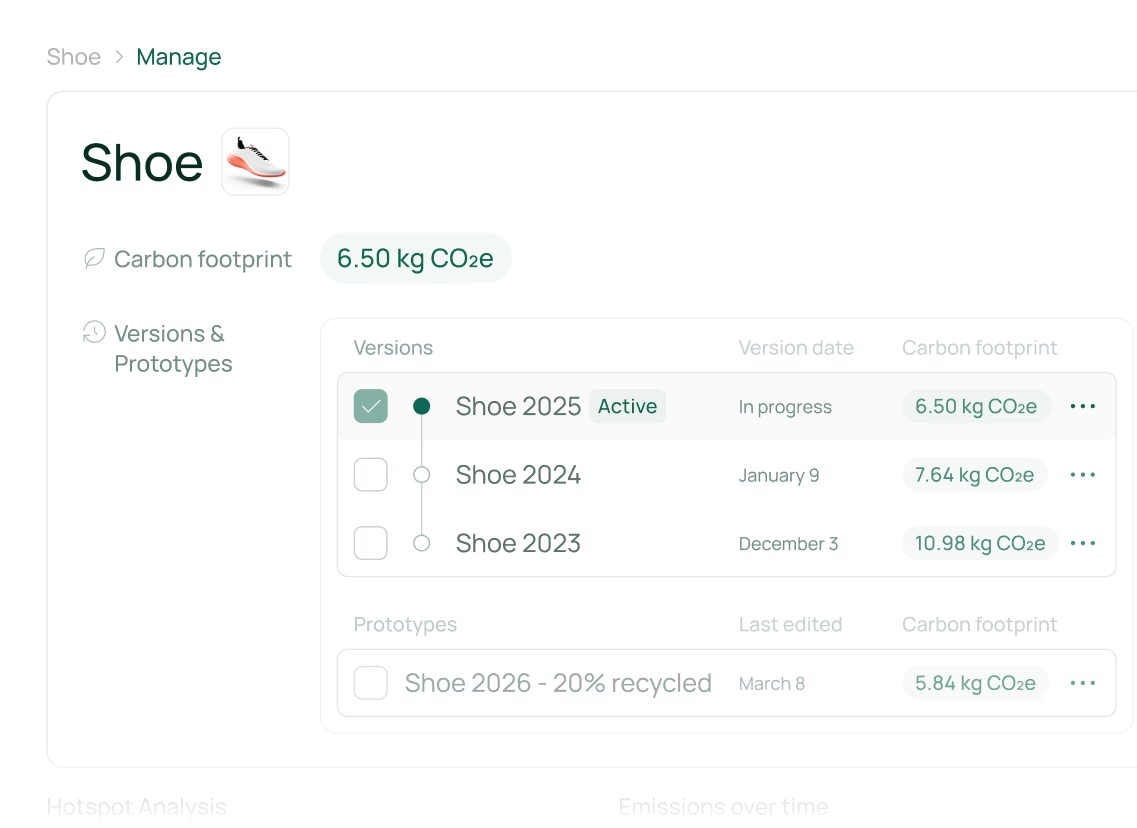
FAQ on supply chain risk:
How often should I update my supply chain risk assessment?
Supply chain risk assessments should be updated annually and anytime there are major business changes. This includes launching new products, changing suppliers, or entering new markets.
What are common risks in the supply chain?
Common risks include material shortages, supplier noncompliance, cyber threats, and extreme weather events. These can disrupt operations and increase costs if not addressed early.
How can I reduce risks in my supply chain?
Use monitoring tools to track supplier performance and emissions. Diversify sourcing, invest in flexible logistics, and plan ahead for regulatory shifts like CBAM.
What is supply chain planning?
Supply chain planning is the process of forecasting demand and coordinating procurement, production, and logistics. The goal is to meet customer needs while minimizing waste and costs.
What are the best supply chain risk management tools and services?
The best tools include carbon accounting software like Arbor, logistics visibility platforms like FourKites, and supplier systems such as SAP Ariba. AI-powered tools also help track real-time threats across your supply chain.
What is CMT in supply chain?
CMT stands for Cut, Make, Trim, and refers to a production model in apparel manufacturing. It describes the stages of turning raw fabric into finished garments.
What is MRO in supply chain?
MRO stands for Maintenance, Repair, and Operations. These are the supplies and equipment needed to keep factories and logistics running smoothly.
What is supply chain risk information?
Supply chain risk information includes data and insights that help identify, evaluate, and respond to risks. It can involve supplier assessments, emissions reports, or geopolitical alerts.
What does it mean to de-risk a supply chain?
De-risking a supply chain means taking actions to reduce potential threats and vulnerabilities. This can include supplier diversification, using more sustainable materials, or building inventory buffers.
How do you manage risk in the supply chain?
Managing supply chain risk starts with identifying the risks and creating contingency plans. It also involves building transparency with suppliers and using technology to track changes in real time.


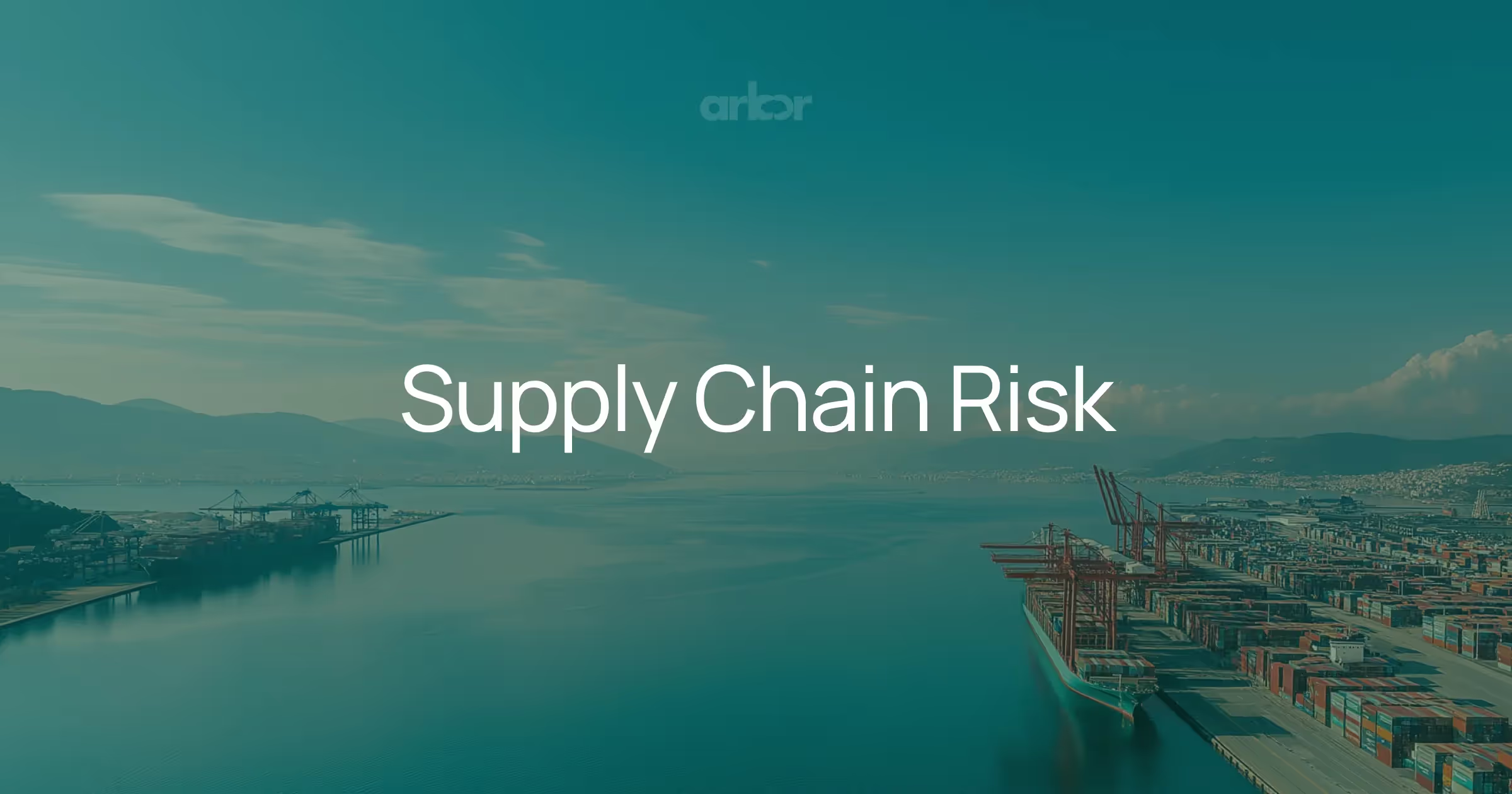
.webp)
%20Directive.webp)


.webp)

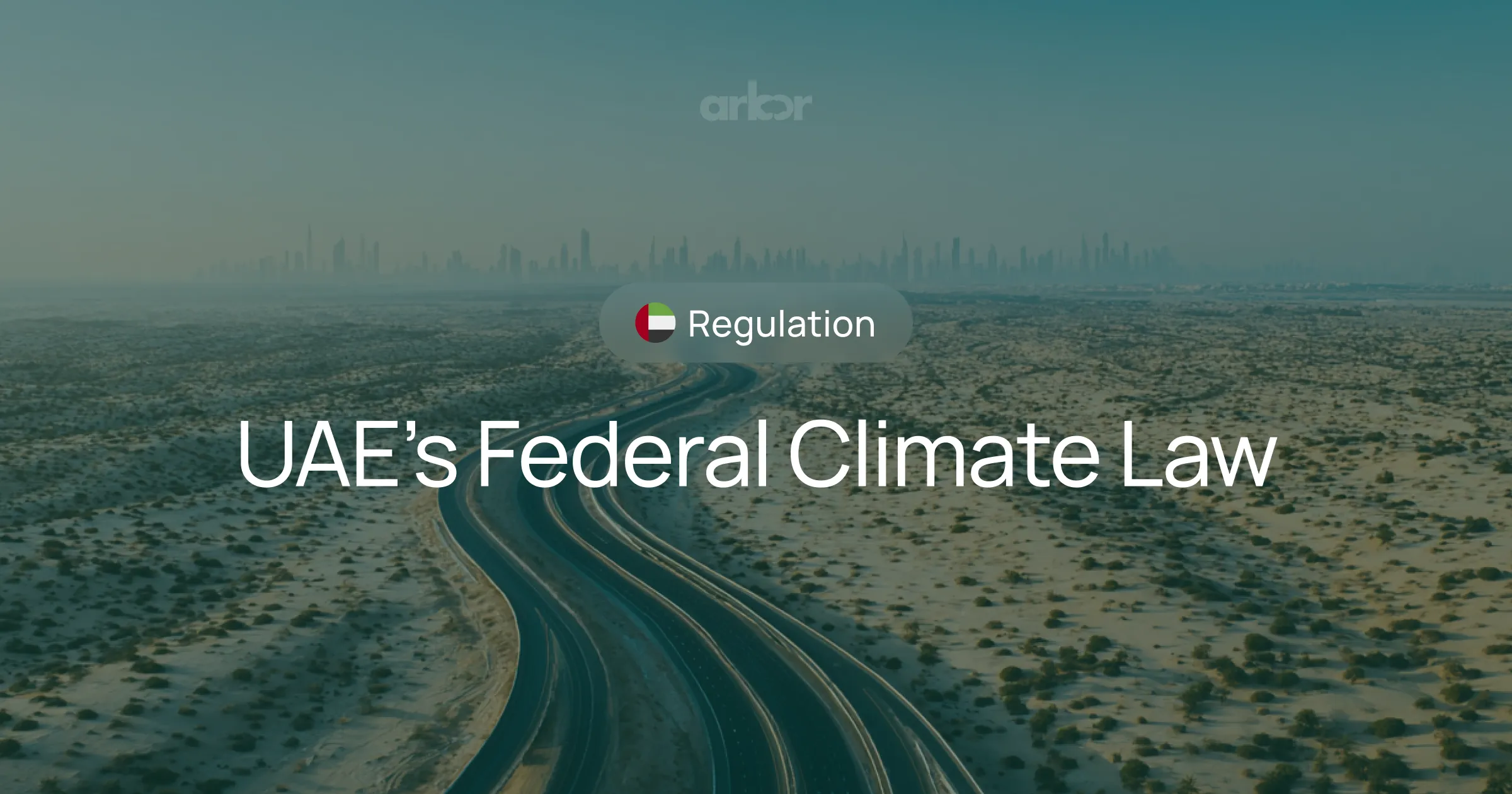

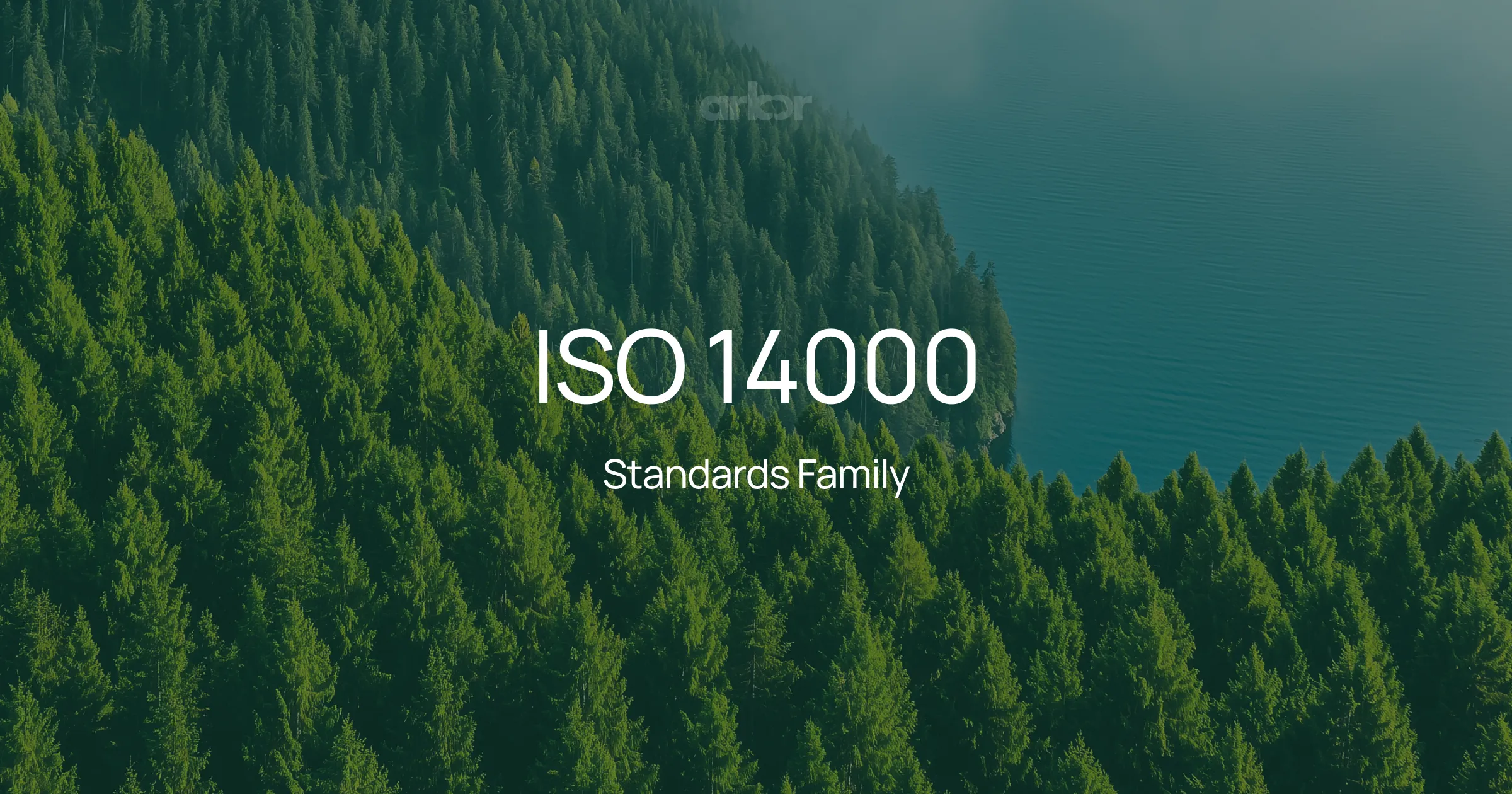
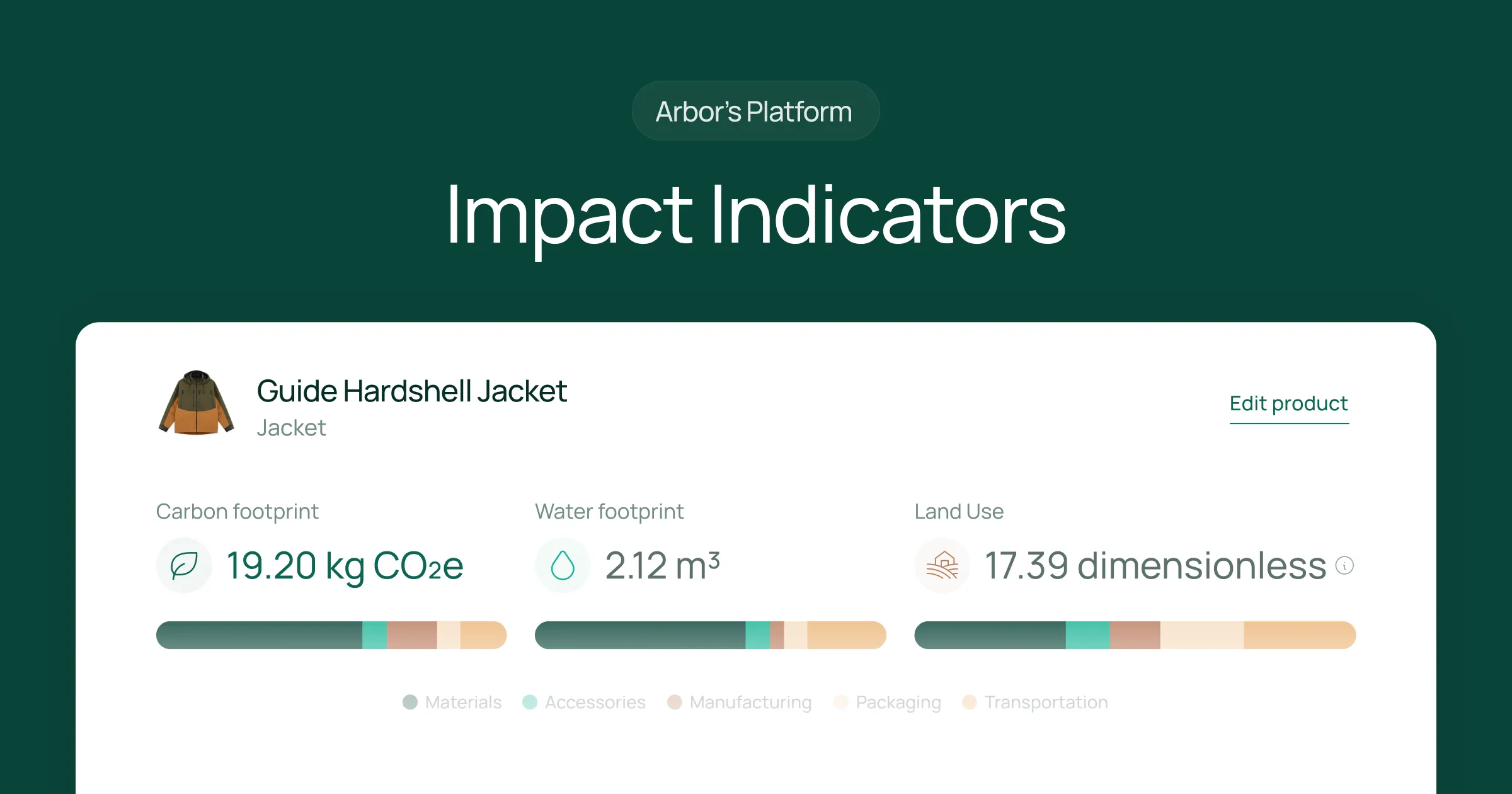
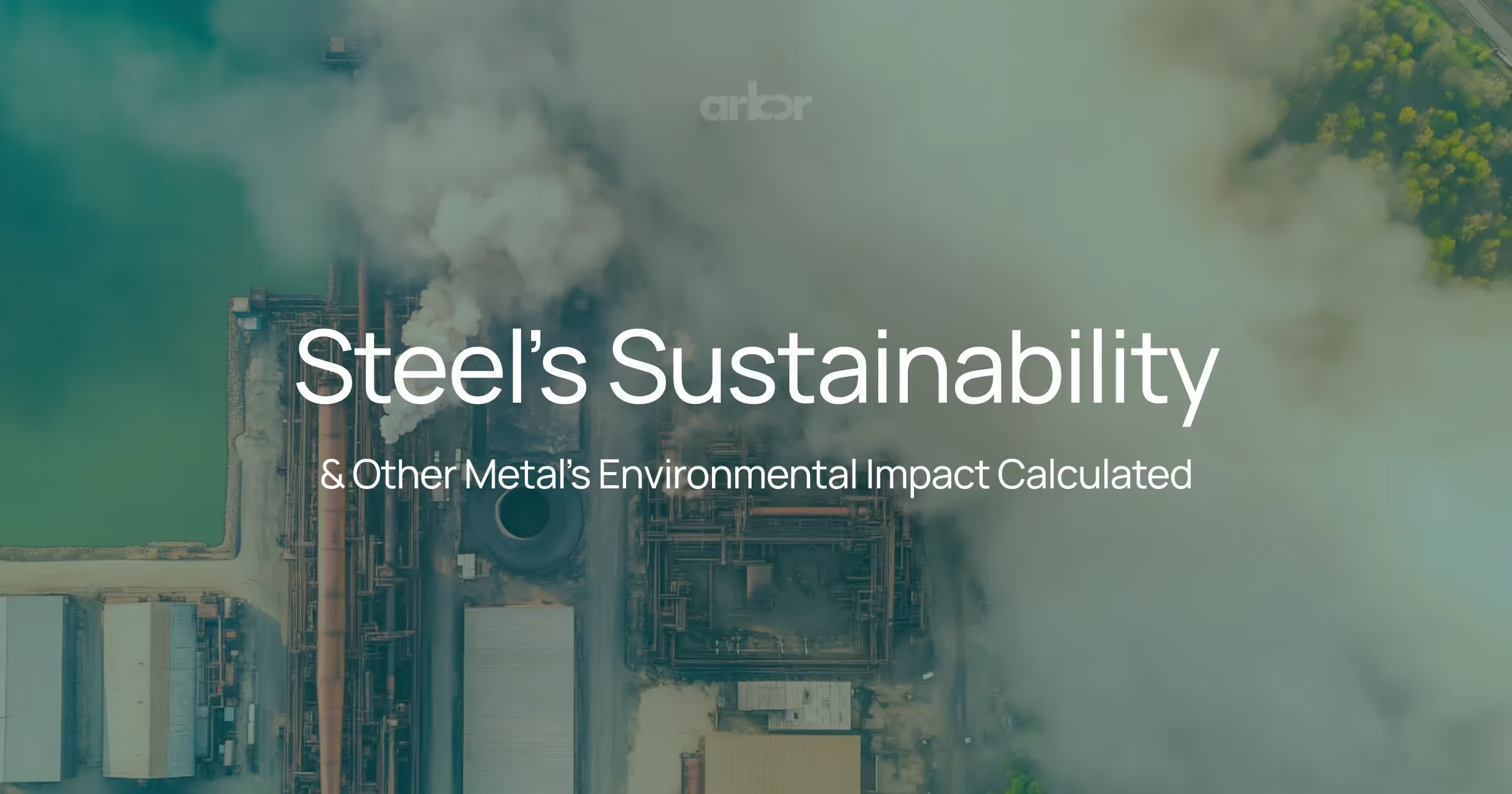

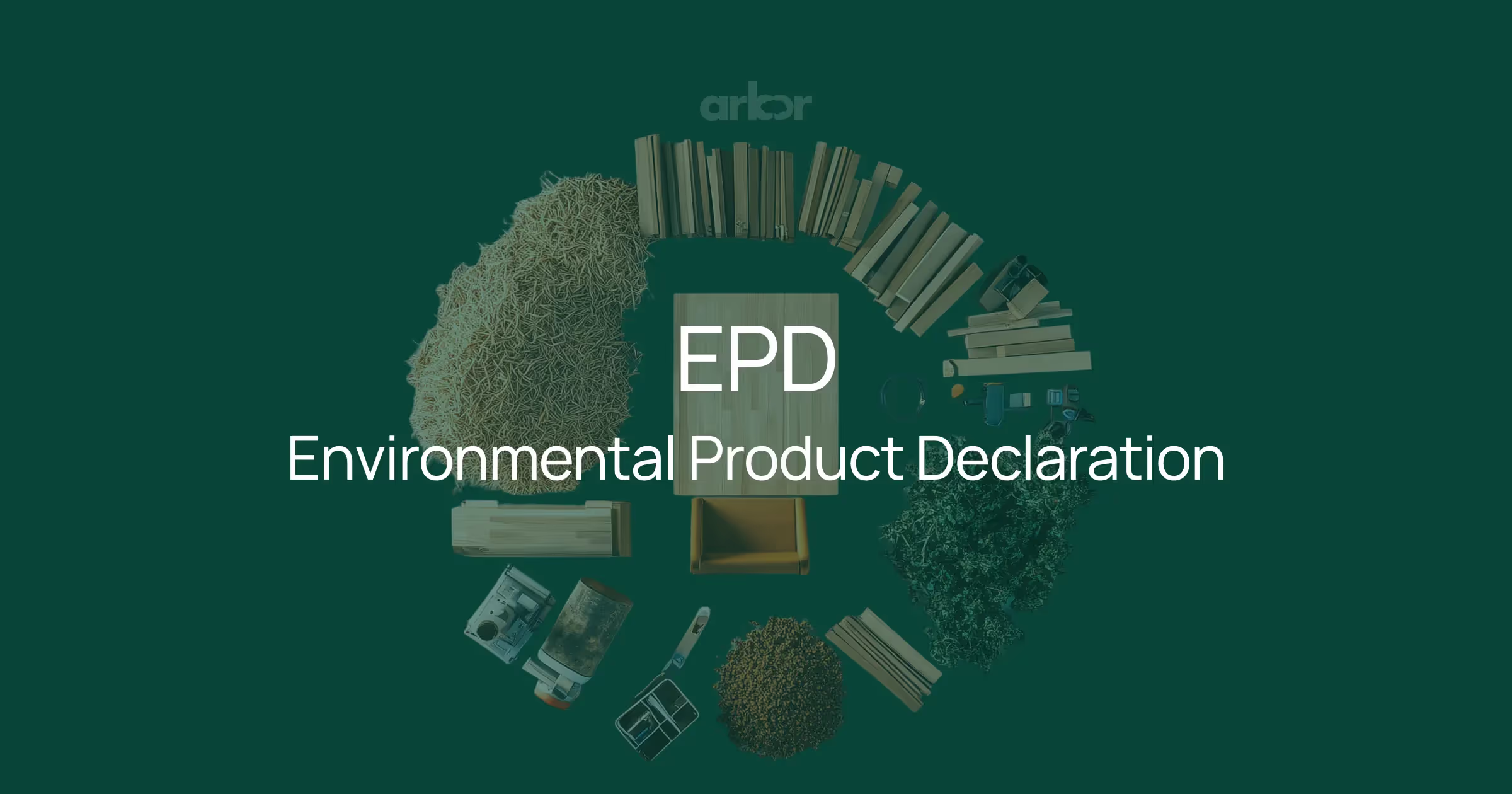

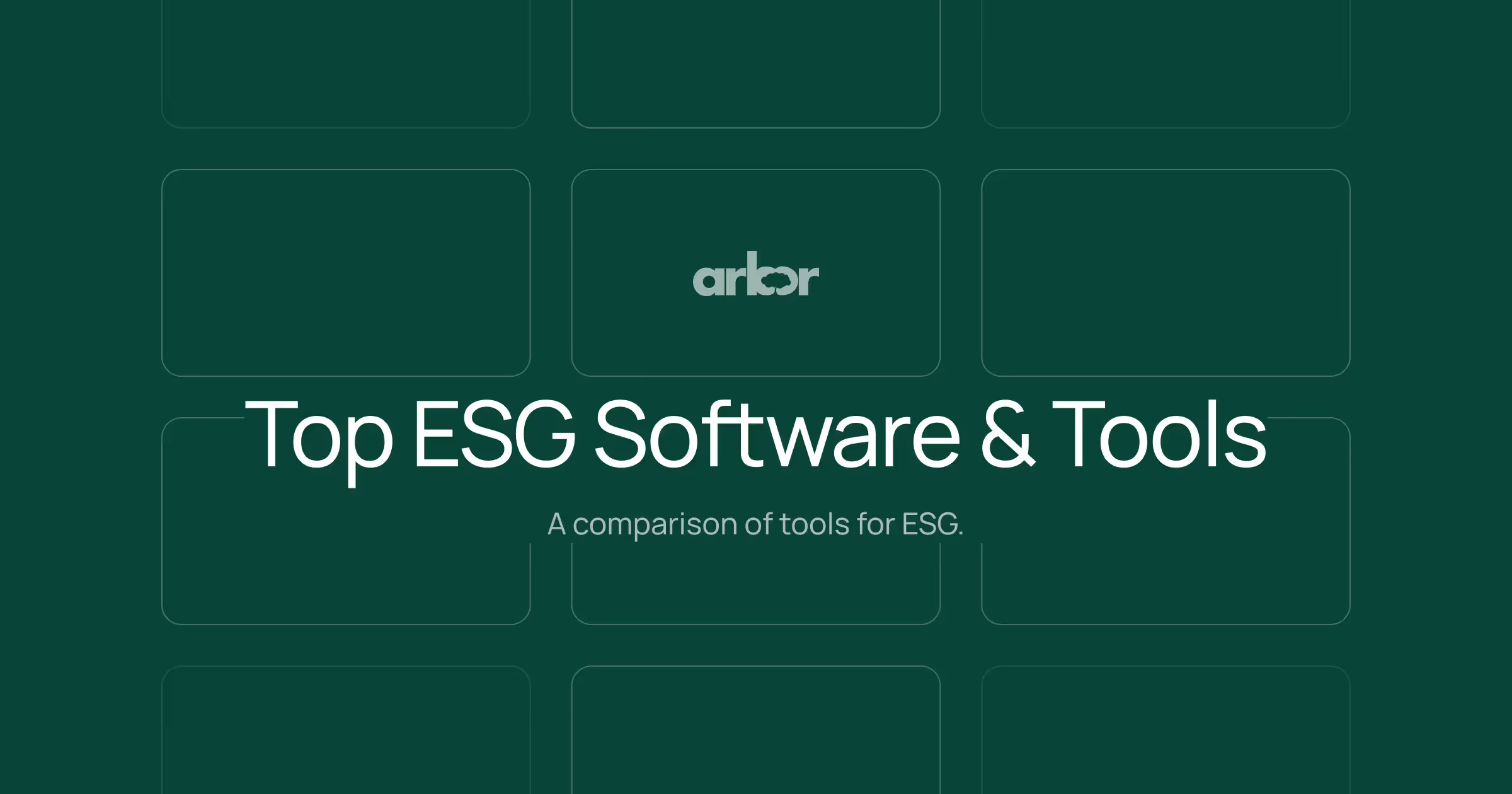

%20Arbor.avif)
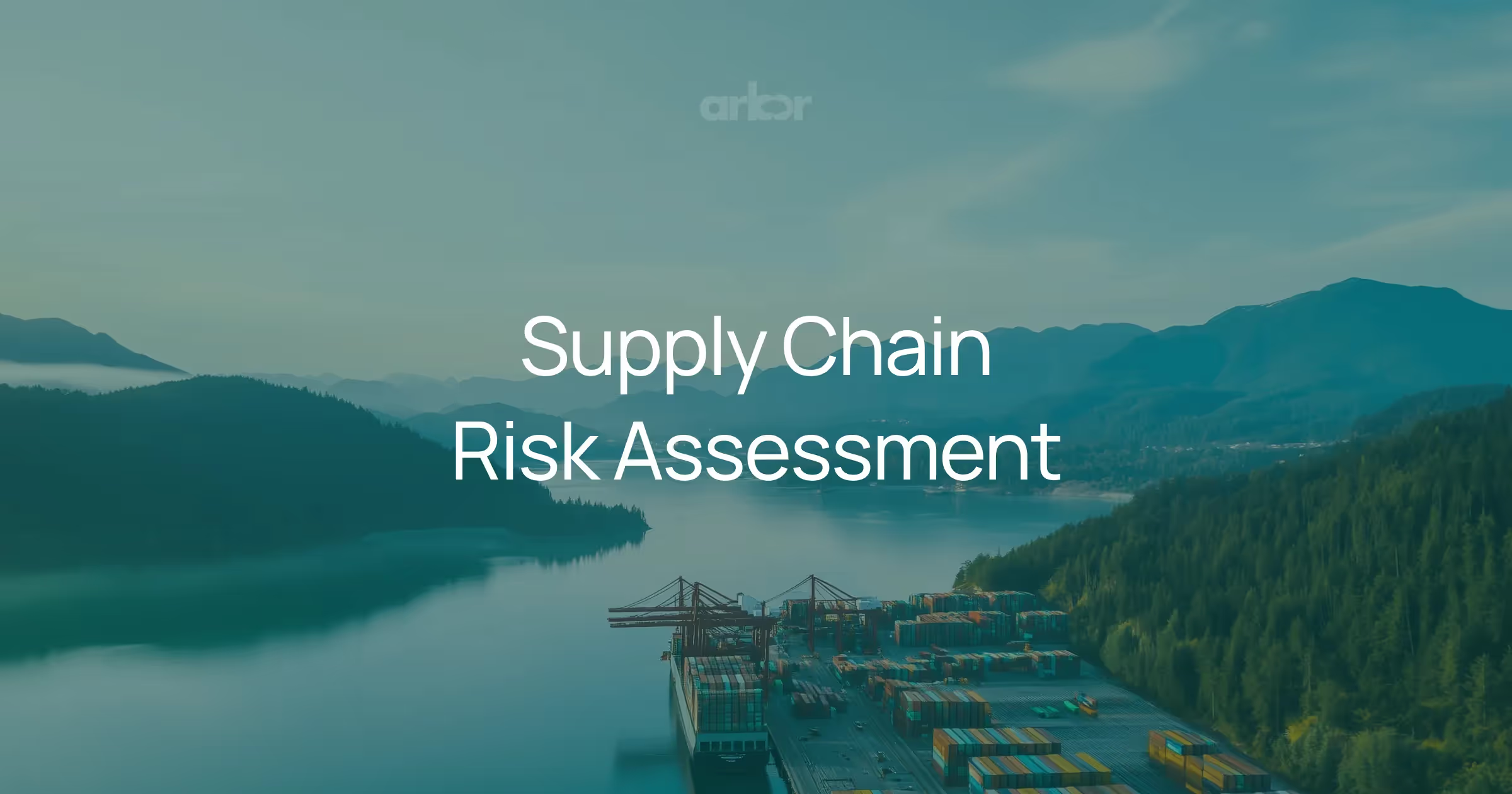
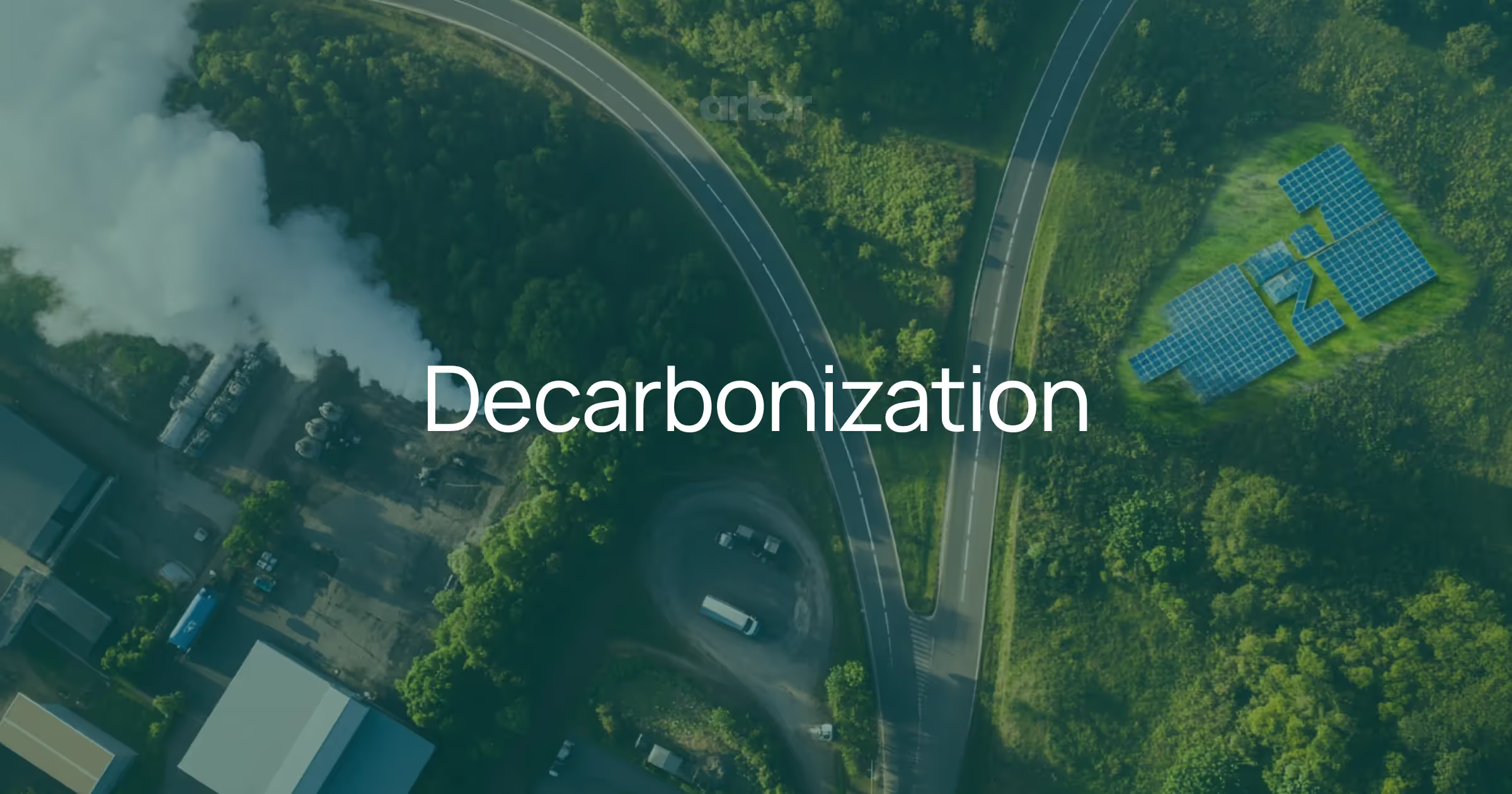

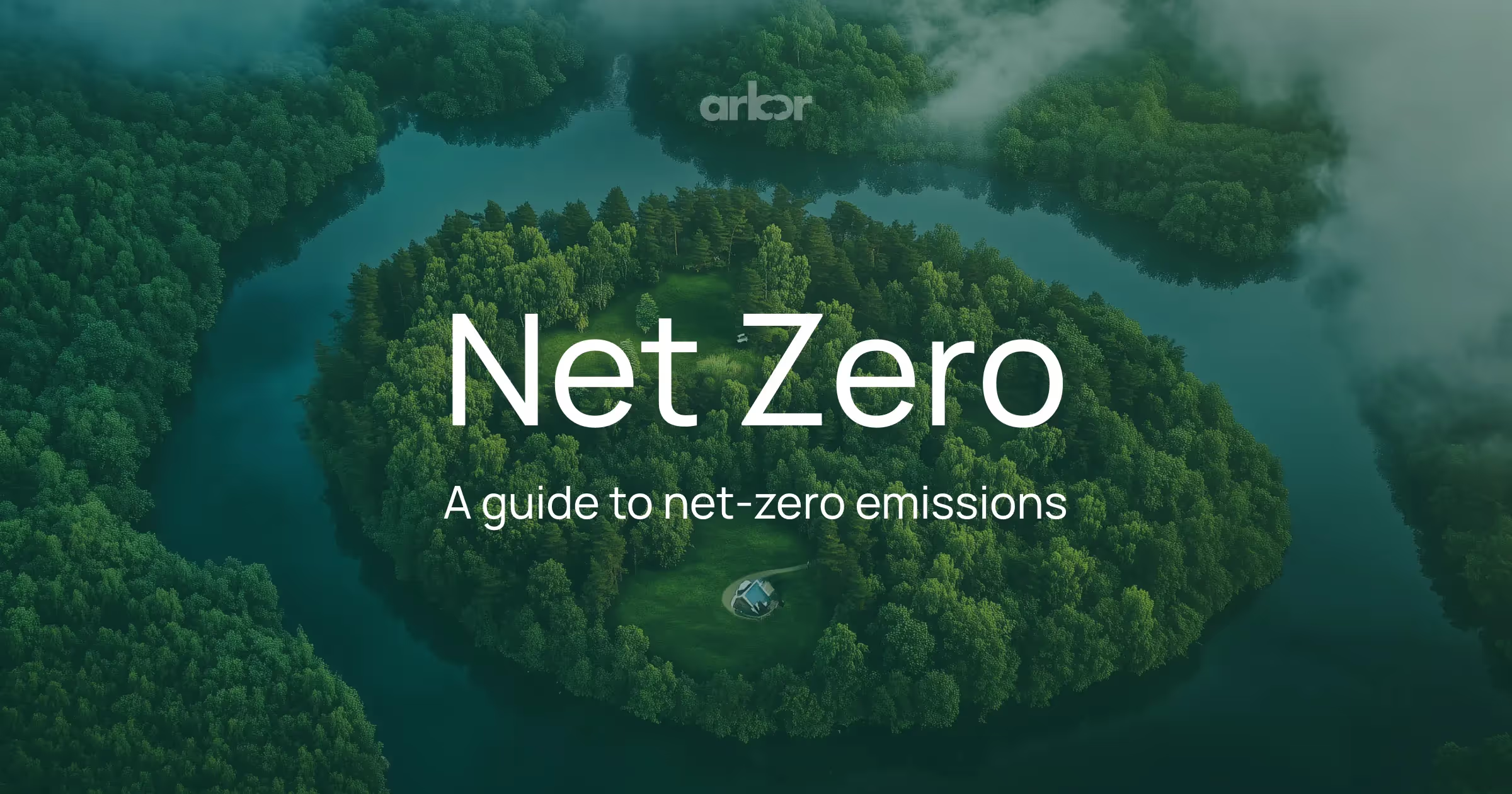
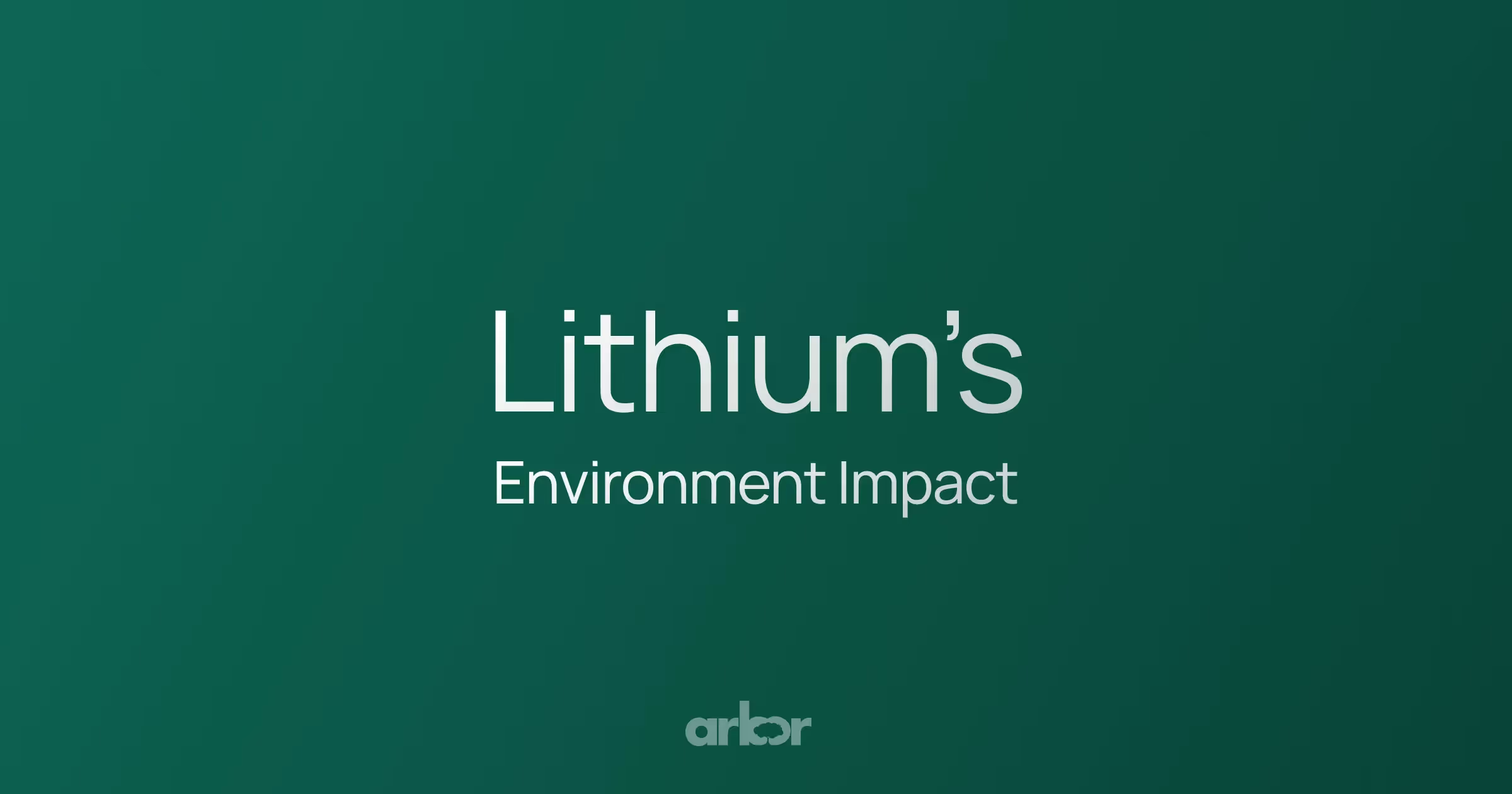
%20Arbor.avif)
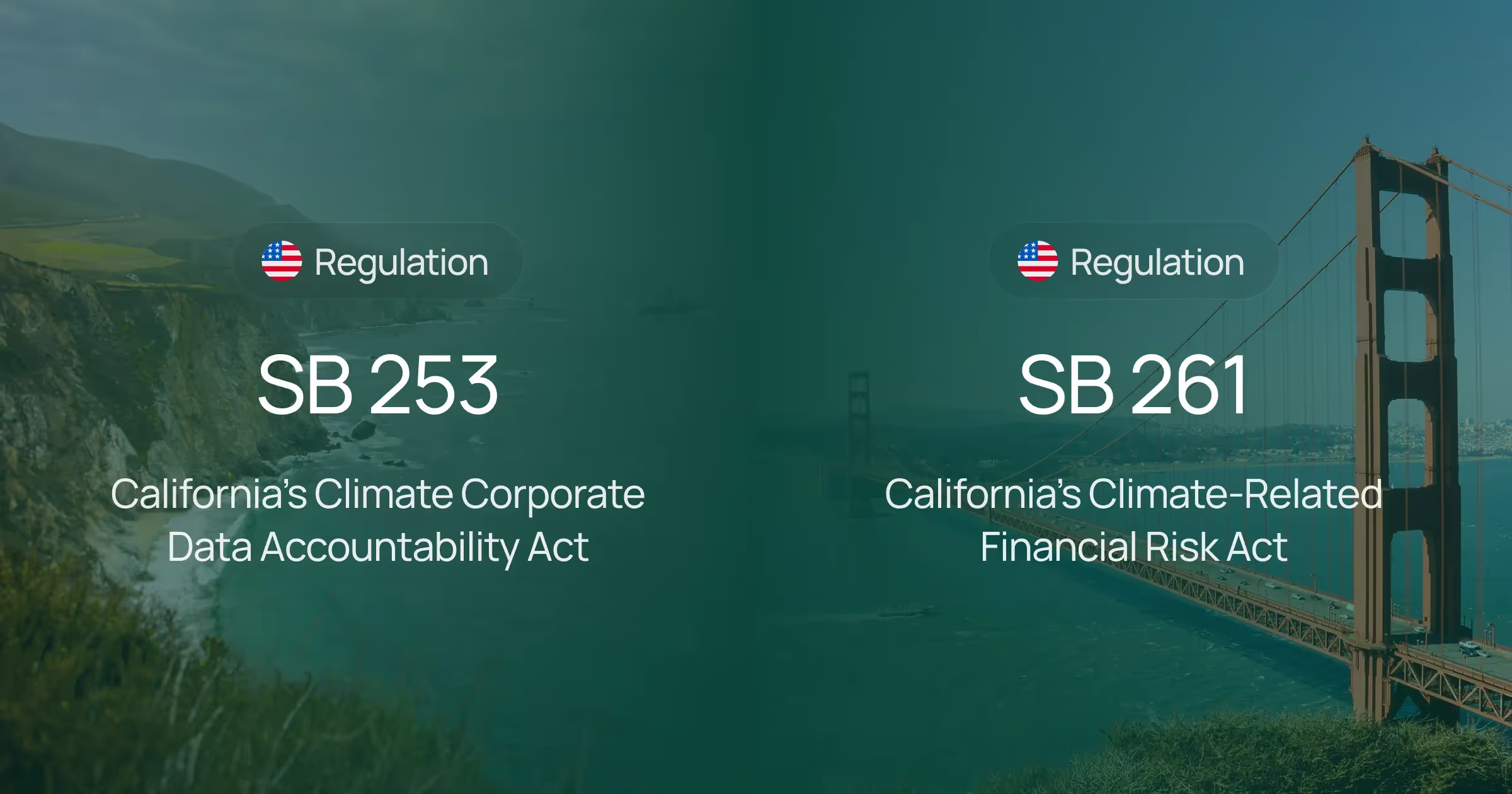
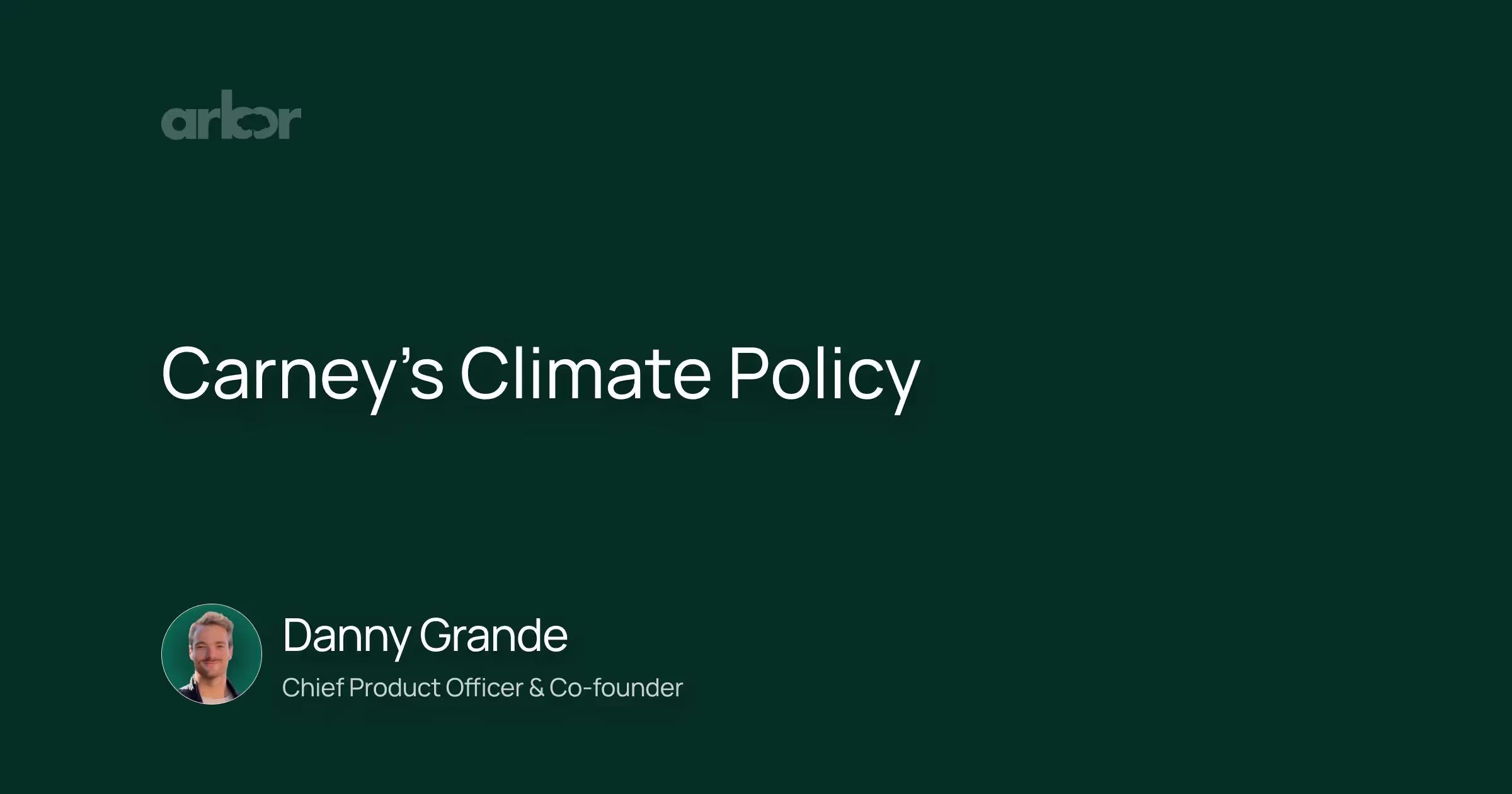
.avif)

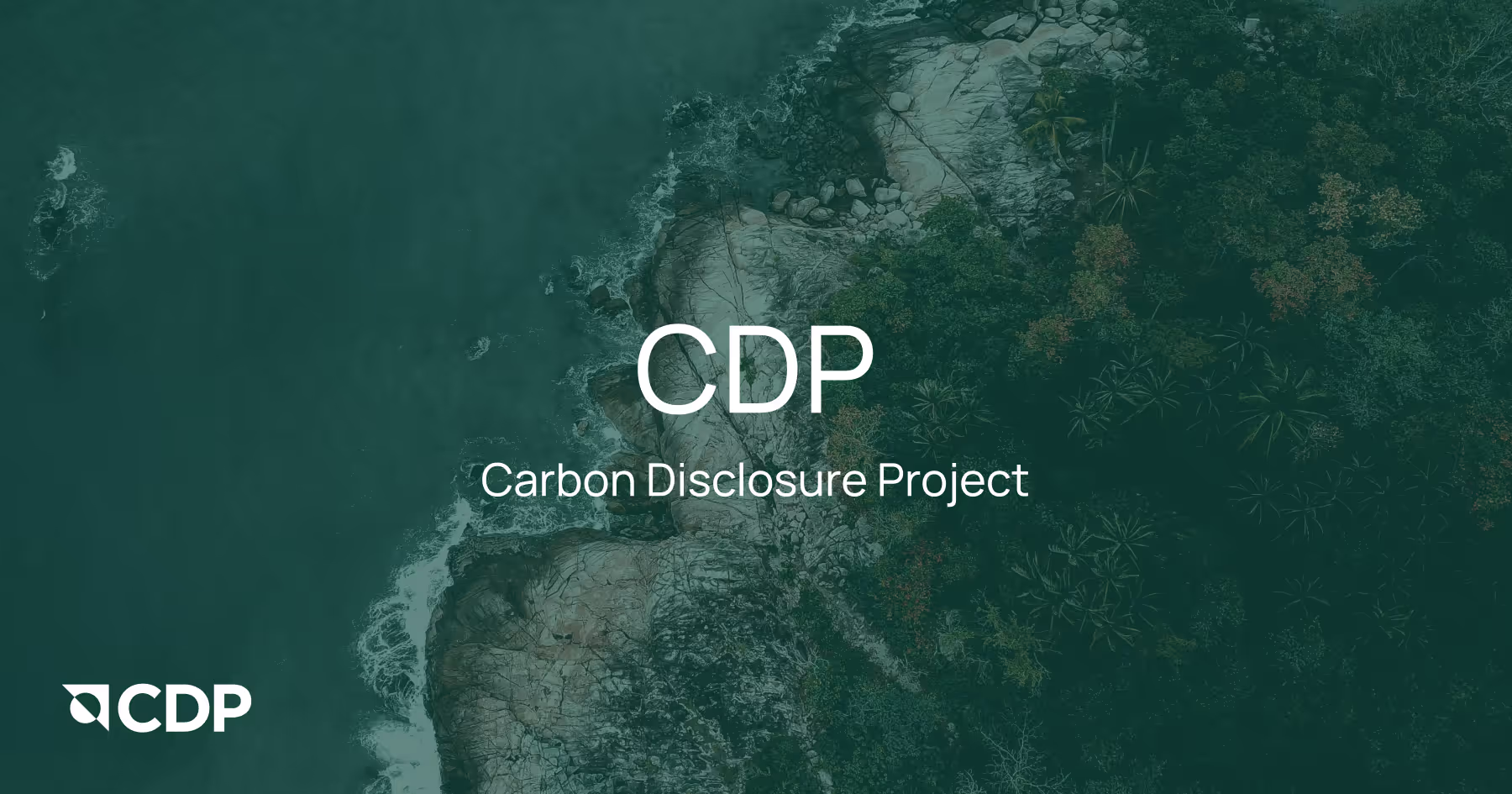
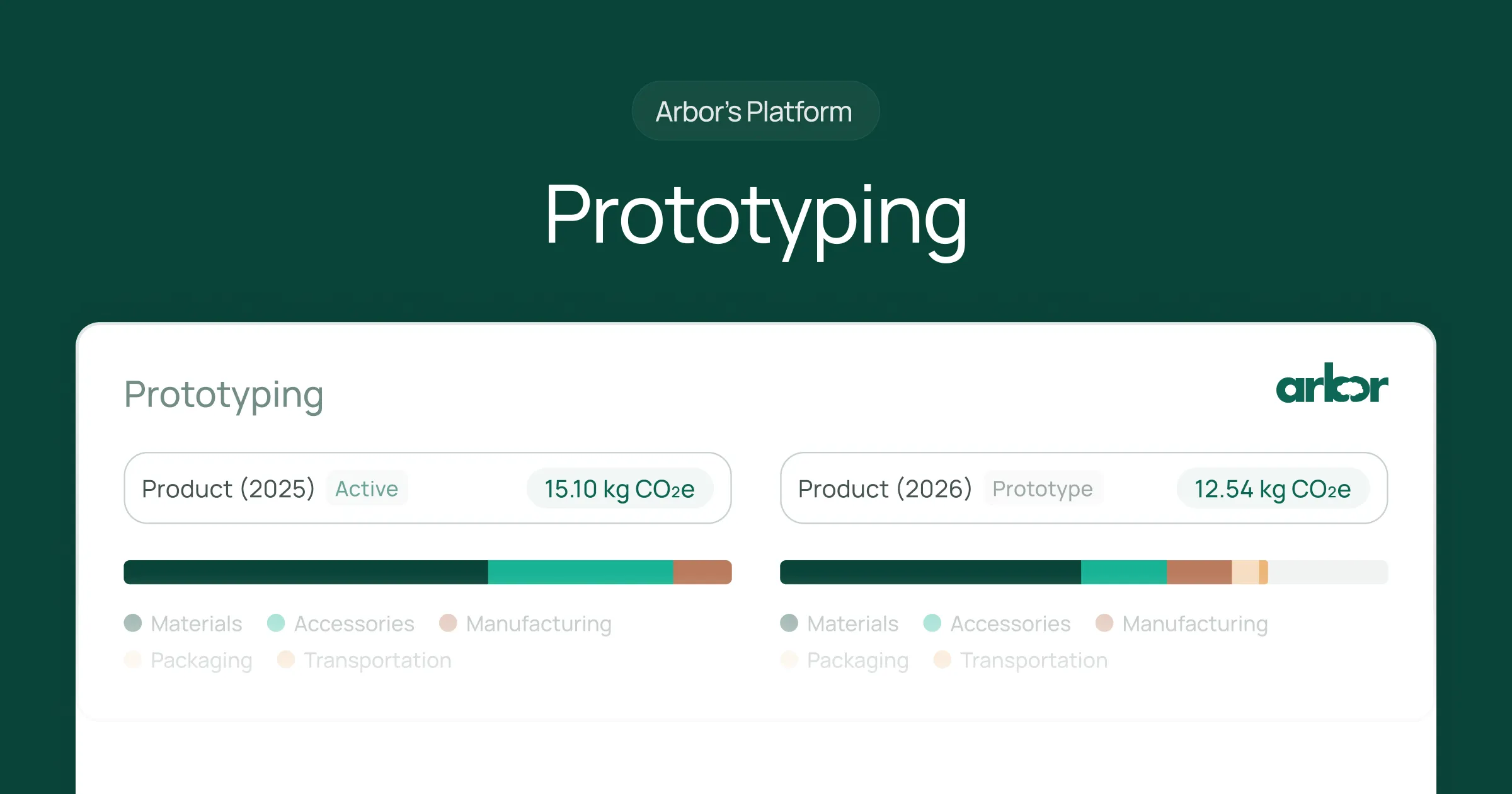

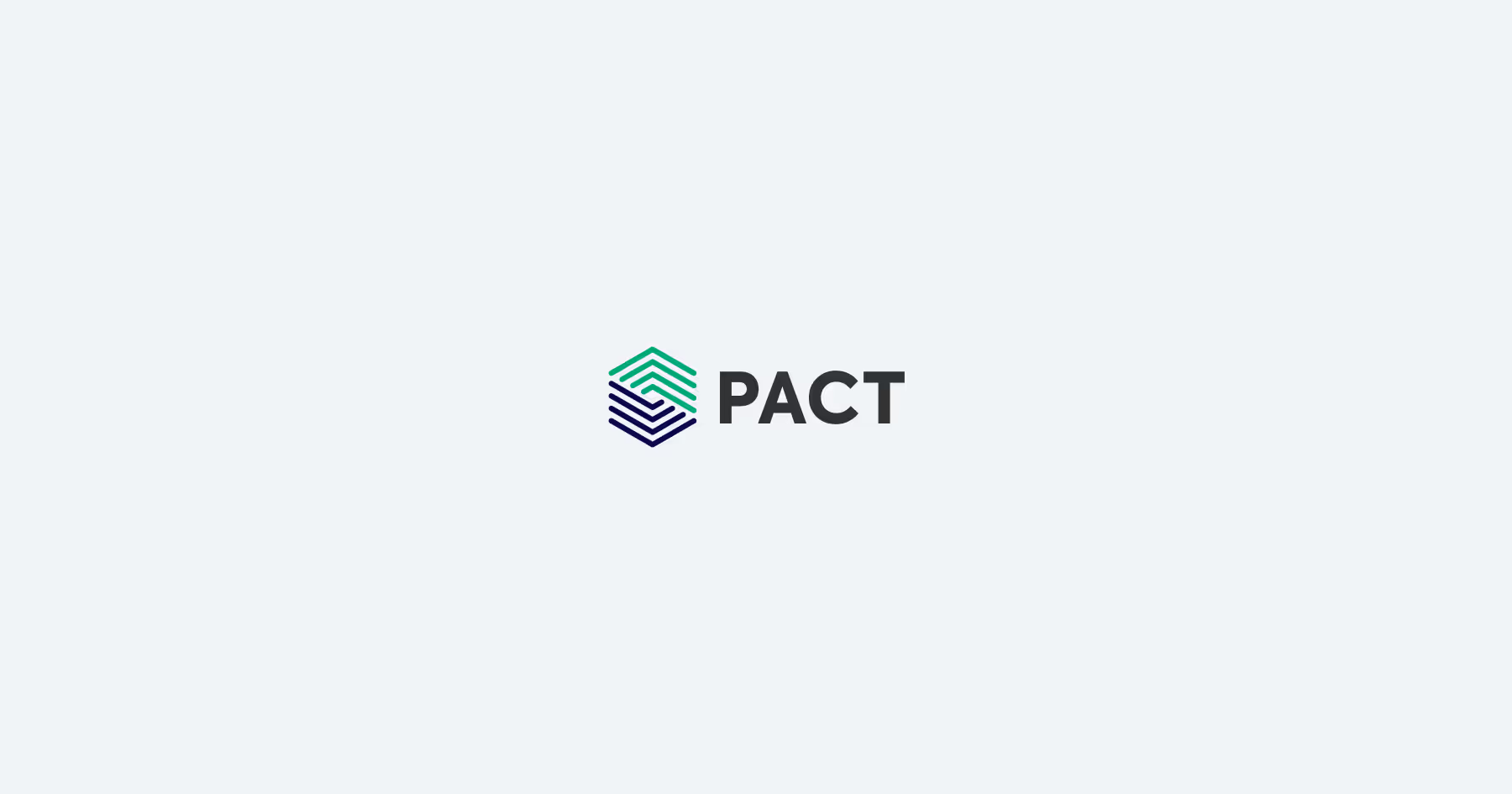
%20Arbor%20Canada.avif)
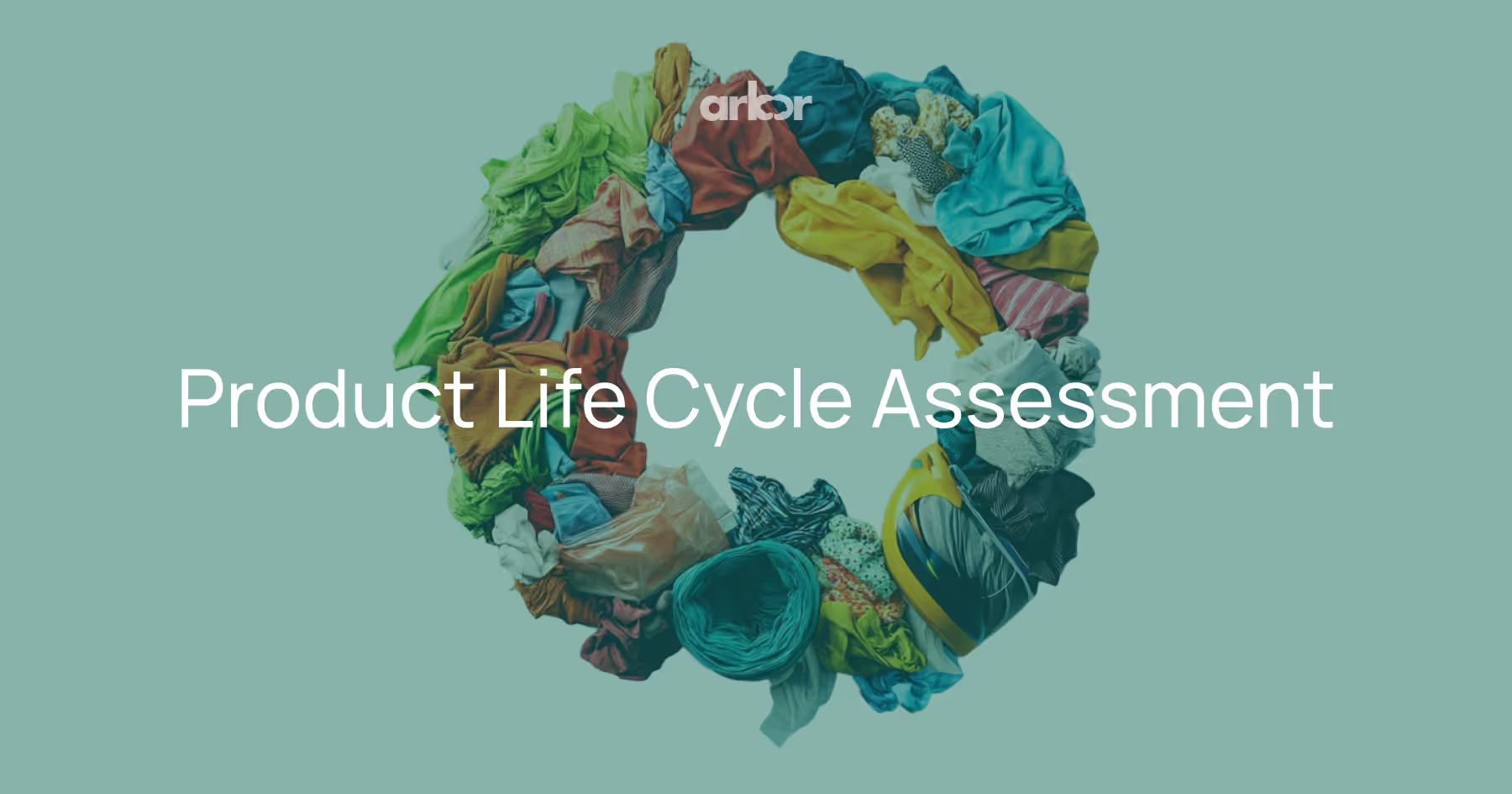
.avif)
%20Arbor.avif)
.avif)
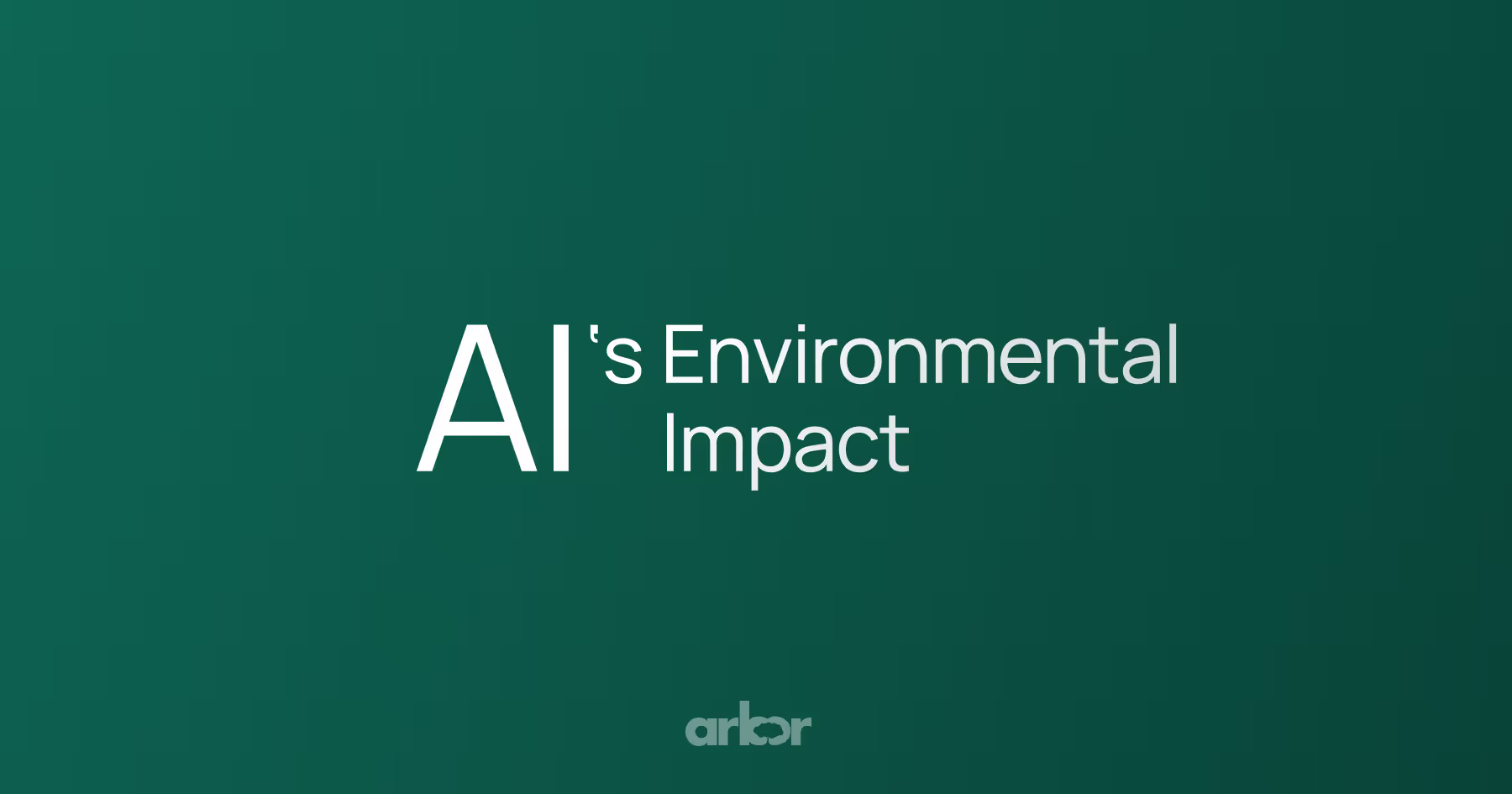

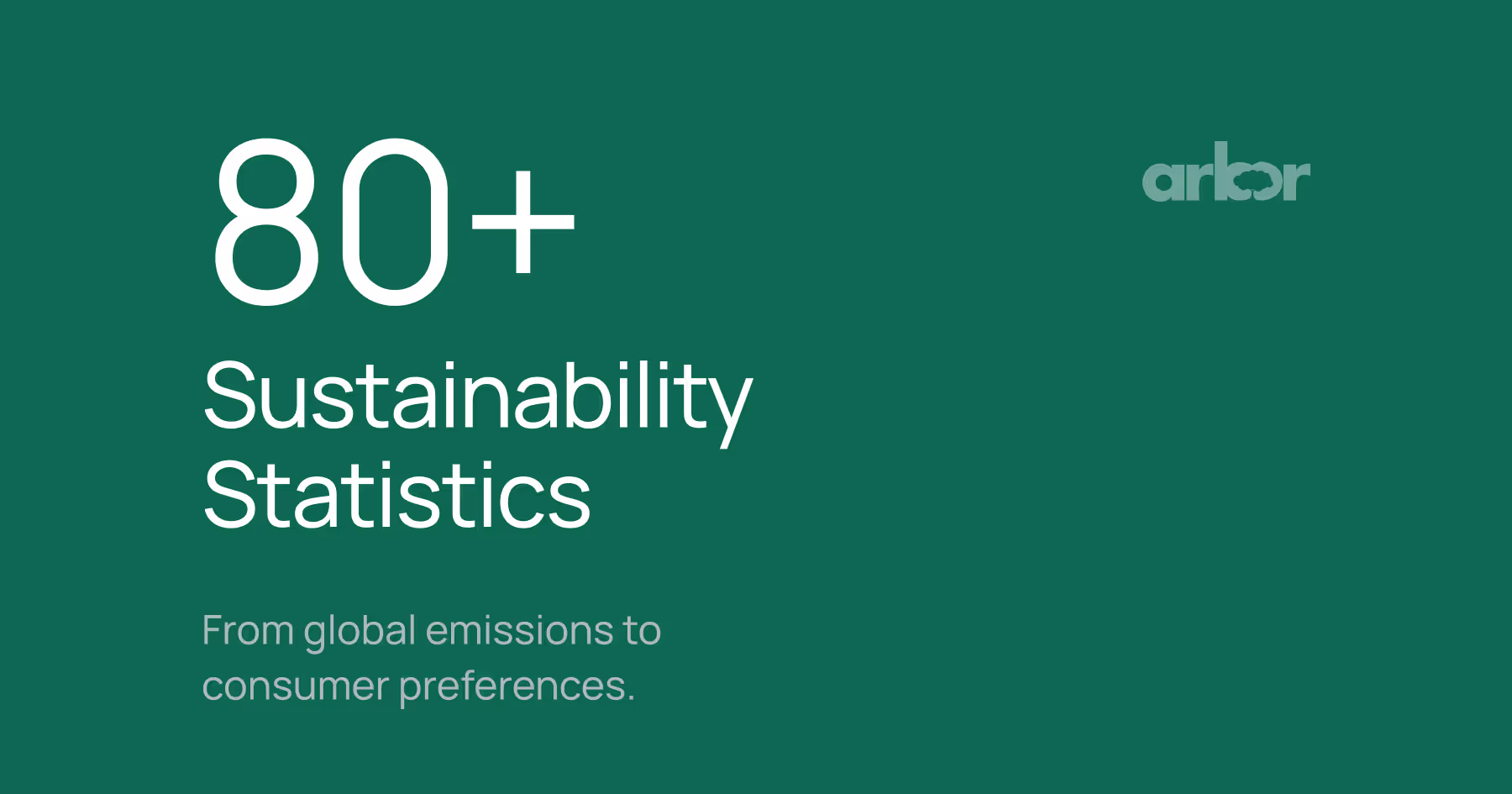
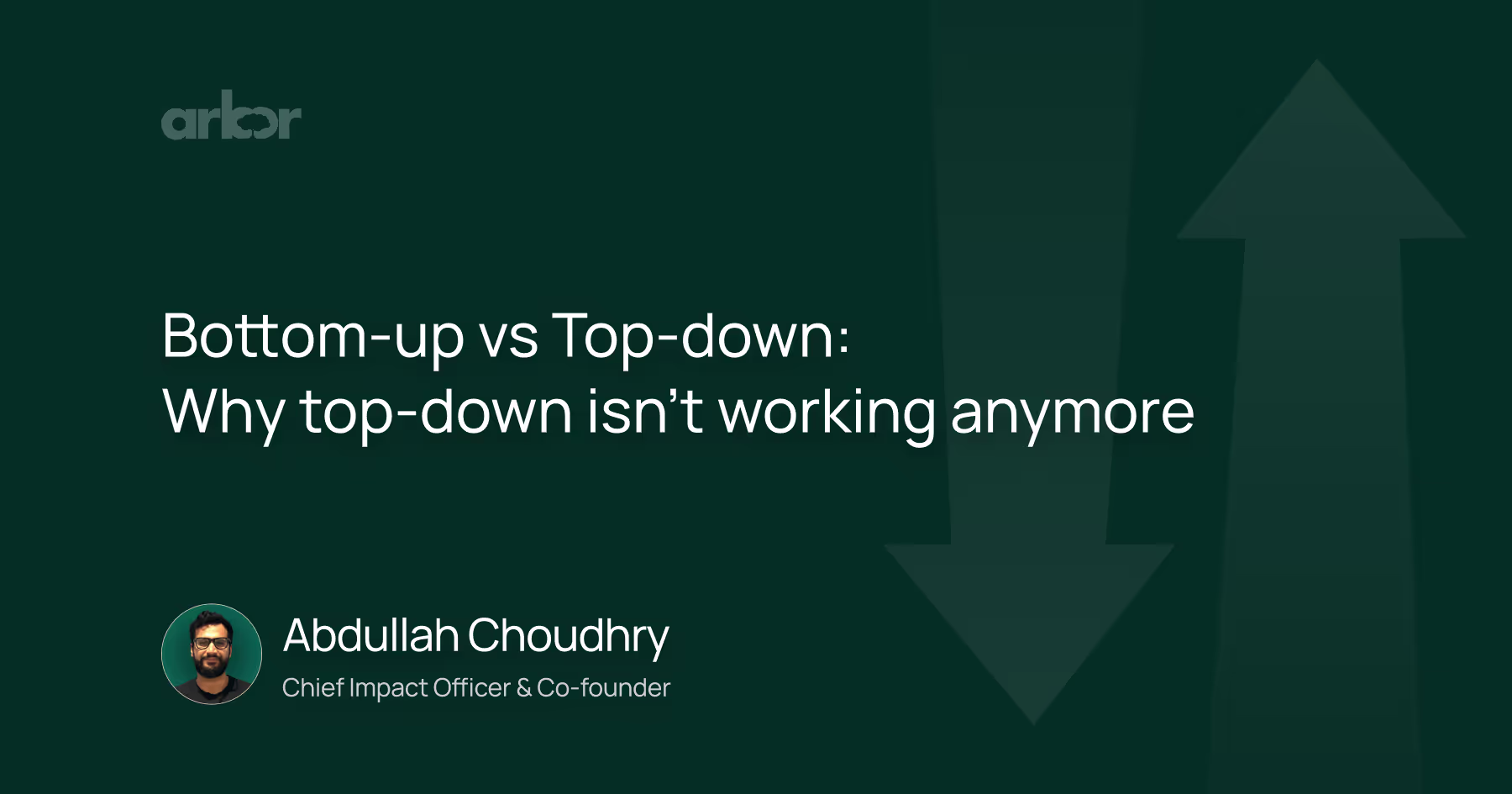
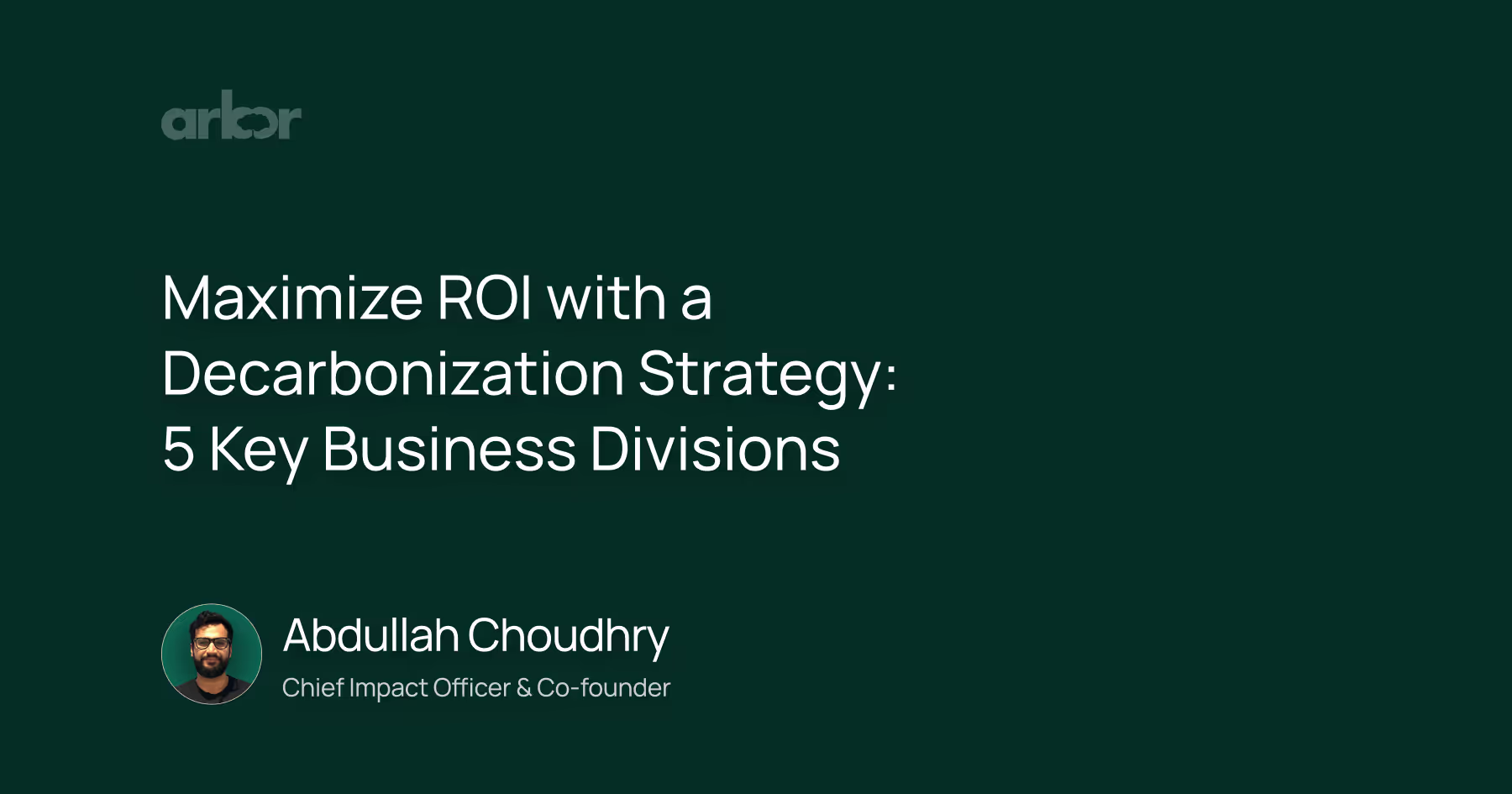

_.avif)
.avif)
%20Arbor.avif)




%20Software%20and%20Tools.avif)





.avif)
.avif)
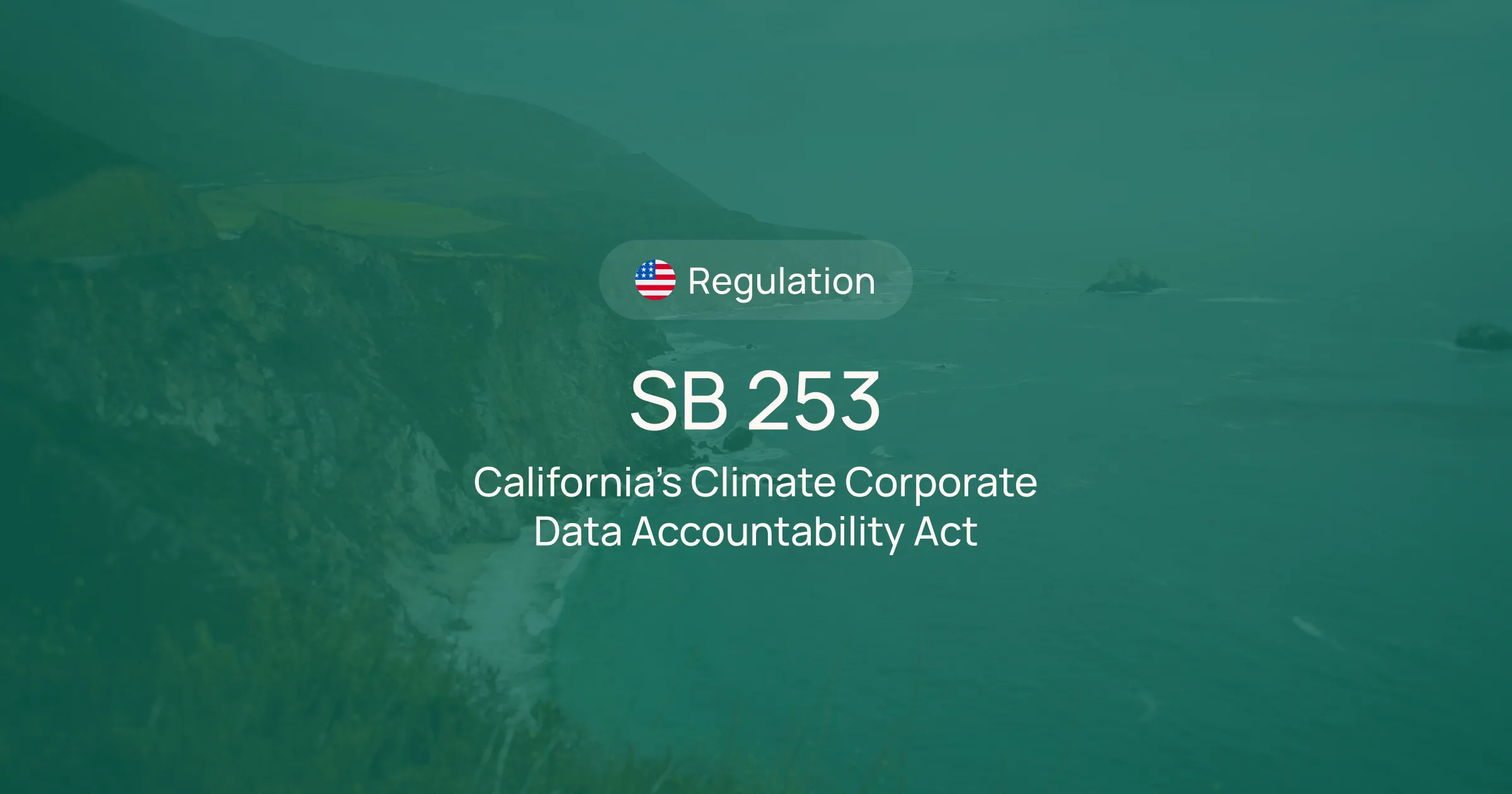



%20EU%20Regulation.avif)







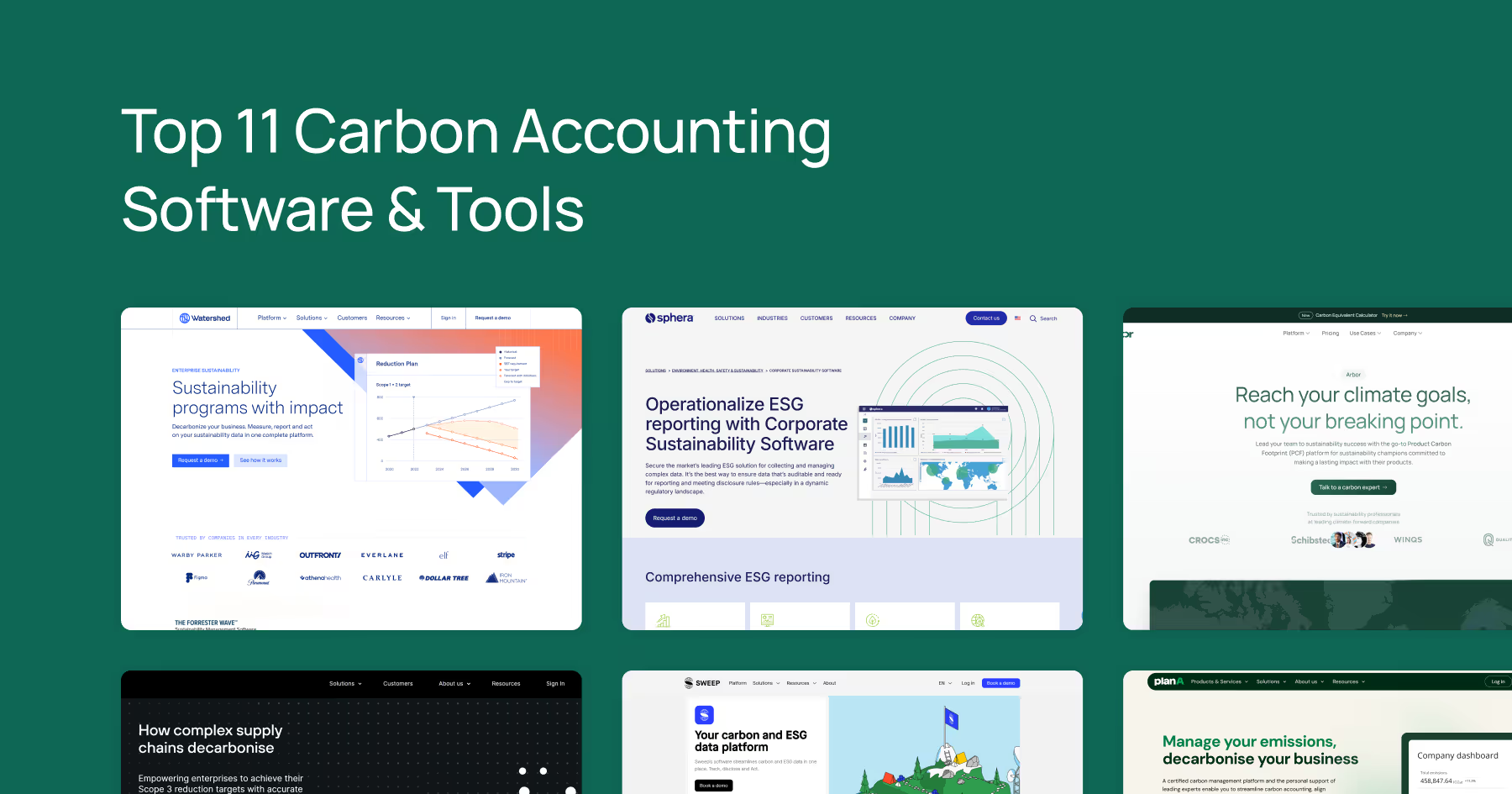




.avif)


%20Arbor.avif)









_%20_%20Carbon%20101.avif)







.avif)

.avif)
.avif)









